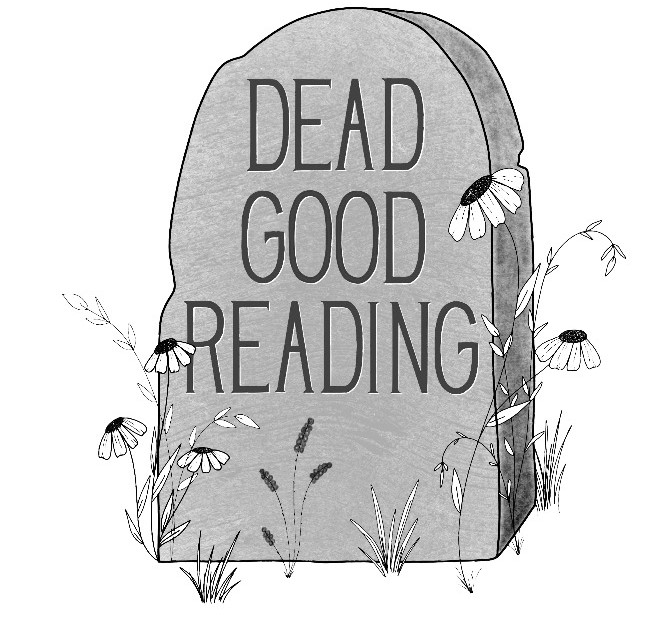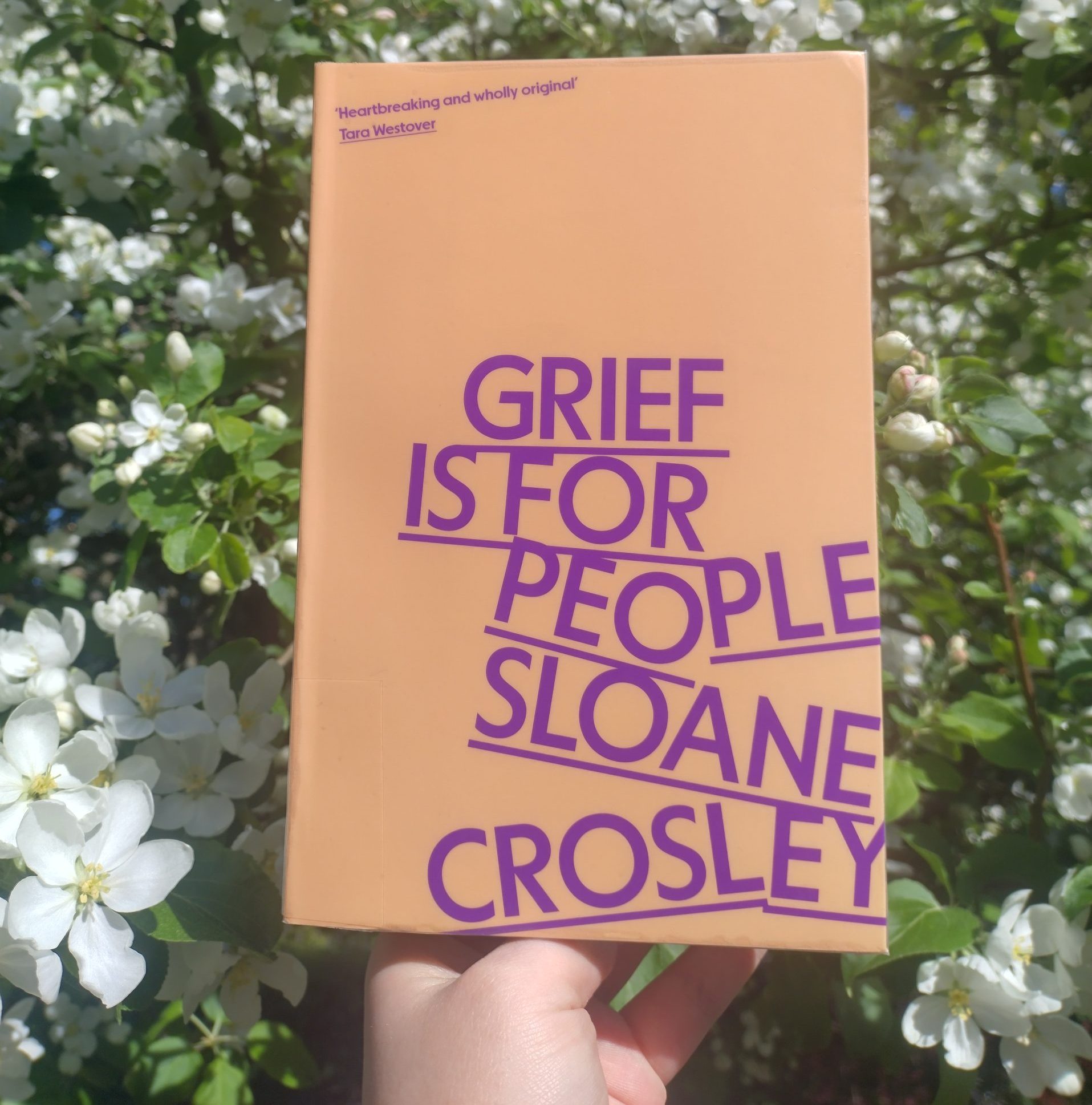As the photo accompanying this article might betray, this is the second time I read Grief is for People this year. The first time in May, when my apple tree was still blossoming. The second time was today. The apple tree is now shedding its yellow autumn leaves and preparing for winter. Waiting several months to be top of the library loan list again, combined with the magical ability to completely erase a book from my memory after reading it, meant I had to return to it a second time. This was no punishment. Sloane Crosley has written a memoir that is moving, gripping and humorous, and so well-written that I forgive her for using the five-stage model of grief as a way to structure the book. More on that later.
Grief is for People explores the notion of disenfranchised grief and who (or in this case what) is allowed to be grieved. The book starts with the burglary of Crosley’s New York apartment; a thief disappearing with jewellery that belonged to her deceased grandma. Jewellery, that was important, despite not particularly liking its previous owner. As Crosley observes, it is not really socially acceptable to mourn things:
“There are spaces, some literal some virtual, for those left behind by cancer, heart attacks, natural disasters, and acts of terrorism. There are conversations meant for widows and parents and children. But there are no bereavement groups for stuff. They don’t exist. I am sorry your house blew up but it was only a house. Grief is for people, not things” (Crosley, 2024, page 33-34).
Much of the book deals with the hilarious (and dangerous) attempt to be reunited with a necklace and a ring that were stolen. This is all I will say about that, as I won’t spoil this for any future readers.
In Death Studies there is a body of work that deals with the importance of the stuff of the deceased to those left behind, for example Margaret Gibson’s book Objects of the Dead shows how the stuff of deceased relatives continues to be important in the lives of the living. Yet Crosley shows how objects can become an important part of someone’s history, even when that person is not liked. Sloane plays with the notion of what it means to grieve things, where the boundaries of this are drawn, if they should be there at all. Personally, I still sometimes feel a ping in my heart when I think of the poesiealbum, an album containing verses and images contributed by friends and family, that I misplaced as a child. It might still be at the last person I gave it to to contribute, but more likely, it is gone forever.
The second major theme of the book is indeed that Grief is for people. Grief is a response to the loss of people. Quite unexpectedly Crosley’s best friend Russell dies by suicide. Sudden death, and particularly this type of traumatic death has a long-lasting impact on the bereaved. As Ann Luce notes in an episode of the Death Studies Podcast, those bereaved by suicide are more likely to die by suicide themselves, and suicidality as an element of grief also features in the work of Crosley. Suicide is a type of death that leaves those left behind with a lot of questions, questions that draw Crosley to self-help books and self-help groups. Here again, Crosley does not fully fit the bill: what ‘right’ do you have as a friend to join such a group when you are not a partner or family member?
I suspect the self-help books, and other literature drew Crosley to the Five Stages of Grief Model. Despite this model receiving critiques, it is still very pervasive in popular culture and indeed memoirs like these. There is something about a framework that people are desperate for in times of loss. Whilst Crosley is critical of the linearity of the stages, the book does built on the notion that there are stages to be experienced. It shows the messiness of grief and how bonkers people’s thought processes and actions can be during time of loss. I don’t think Grief is for People needed Stage-theory as a building block, the narrative is strong without it.
Despite the heavy topic, Grief is for People is surprisingly light-hearted. I am not sure if my previous two paragraphs have proven this point, but it is a book I have finished in a singular session, twice. It speaks to me on various layers; it is about death, and has offered a fresh perspective on the matter. It is also a window into living life as a book editor in New York, which is a romantic ideal I hold dearly in my heart, despite knowing this will never happen. It is also a story about how people from different generations can form long-lasting friendships. I look forward to reading this book in a single sitting for a third time, some time in the future.
Sloane Crosley is the author of The New York Times bestselling books Grief Is for People, How Did You Get This Number, and I Was Told There’d Be Cake. To learn more about Sloane Crosley, visit her website.


Leave a Reply